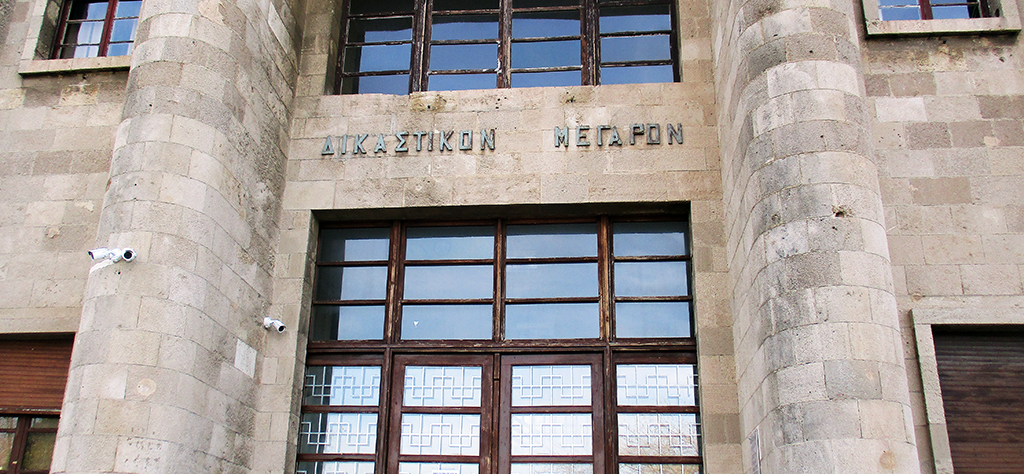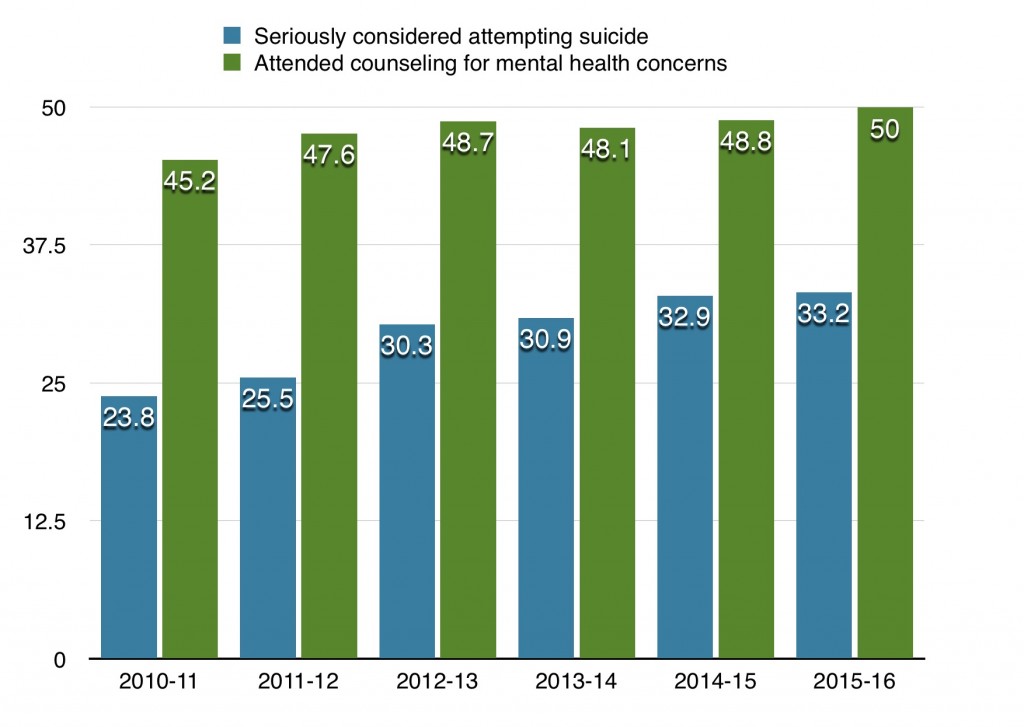Trump's Agency Cuts: Devastating Impact On Library Services And Staffing

Table of Contents
The Impact of Funding Cuts on Specific Agencies
Institute of Museum and Library Services (IMLS)
The Institute of Museum and Library Services (IMLS) plays a crucial role in supporting libraries nationwide through grants and funding initiatives. Trump's administration significantly reduced IMLS funding, creating a ripple effect across the library system. These budget cuts directly impacted:
- Grant programs for digital literacy initiatives: Funding for programs teaching essential digital skills to patrons was slashed, widening the digital divide.
- Construction and renovation grants: Many libraries rely on IMLS grants for building improvements and technology upgrades. These cuts hampered modernization efforts and limited accessibility for individuals with disabilities.
- Funding for library programming: Support for vital community programs—from children's story time to adult literacy classes—was drastically reduced, impacting community engagement and access to learning resources.
Other Relevant Agencies
The impact extended beyond direct IMLS funding. Cuts to other federal agencies, such as the Department of Education, indirectly affected library services. Reductions in education budgets often translated to decreased funding for school libraries, impacting children's access to crucial learning resources. This ripple effect created a cascading failure in the overall system of information access and educational support. For instance, cuts to after-school programs meant fewer children utilized library services during critical developmental years.
Consequences for Library Services
Reduced Hours and Services
Budget constraints forced many libraries to reduce their operating hours, impacting accessibility for working individuals and families. Specific service reductions included:
- Shorter operating hours: Libraries reduced their daily or weekly hours, limiting access for those who could only visit during specific times.
- Fewer programs for children and adults: Story times, book clubs, and educational workshops were cancelled or significantly reduced.
- Limited access to technology and internet: Reduced funding meant fewer computers, slower internet speeds, and limited access to vital online resources.
Many libraries were forced to completely close their doors, leaving entire communities without access to essential information and resources. This had a devastating impact on those who relied on libraries for essential services, such as job searching, online applications, and accessing vital information.
Staffing Shortages and Increased Workloads
Trump's agency cuts led to widespread staffing shortages in libraries. This manifested in:
- Layoffs and hiring freezes: Libraries were forced to lay off staff or halt hiring, reducing their workforce and increasing the workload on remaining employees.
- Increased workloads for remaining staff: Overworked and understaffed libraries struggled to maintain services, leading to decreased service quality and diminished employee morale.
- Inability to provide adequate support for patrons: Understaffed libraries struggled to provide timely and efficient service, creating longer wait times and decreased patron satisfaction.
The stress of increased workloads led to burnout and high employee turnover, creating a cycle of understaffing that further hampered library services.
Impact on Collection Development and Maintenance
Reduced funding directly impacted the ability of libraries to acquire new books, materials, and technologies. This resulted in:
- Smaller collections: Libraries were unable to purchase new books, journals, and other materials, limiting the range of information available to patrons.
- Outdated technology: A lack of funding meant that libraries couldn't upgrade their computers, software, and other technological resources.
- Difficulty maintaining existing resources: Libraries struggled to maintain their existing collections, leading to deterioration and a decreased ability to serve their communities.
This diminished access to crucial information and resources, further exacerbating existing inequalities in access to knowledge.
Long-Term Effects and Community Impact
Digital Divide Exacerbation
Trump's agency cuts worsened existing inequalities in access to technology and information, particularly affecting low-income and marginalized communities. Libraries serve as vital community hubs offering:
- Free internet access: This is crucial for job searching, online applications, and accessing vital information for many low-income individuals.
- Digital literacy programs: Libraries provide essential training in digital skills, empowering individuals to navigate the digital world.
The reduced funding significantly impacted these vital services, leaving many vulnerable populations further behind.
Reduced Community Engagement
Library closures and service reductions diminished community engagement and social cohesion. Libraries act as:
- Meeting places for community groups: Reduced services limited the availability of meeting spaces for community groups and organizations.
- Safe havens for children and families: Libraries provide safe and supportive environments for children and families.
- Centers for lifelong learning: Libraries offer educational programs and resources for all ages.
The loss of these vital community services negatively impacted social cohesion and community well-being.
Economic Consequences
The indirect economic impacts of reduced library services are significant. Libraries support:
- Education and workforce development: Libraries offer resources for students and job seekers.
- Community prosperity: Libraries contribute to the overall economic vitality of their communities.
The reduced services hampered economic growth and opportunity, particularly in already disadvantaged communities.
Conclusion
Trump's agency cuts had a devastating impact on library services and staffing, resulting in reduced hours, staff shortages, diminished collections, and exacerbated inequalities. These cuts significantly impacted community engagement and access to vital resources, creating lasting negative consequences. The reduction in funding for libraries under the Trump administration is a clear example of short-sighted policy that undermines the crucial role libraries play in supporting communities. The devastating effects of Trump's agency cuts on library services and staffing highlight the urgent need for increased funding and support. Contact your representatives today and demand adequate funding for our vital libraries! Investing in libraries is investing in our communities; let's ensure our libraries receive the resources they need to thrive and continue to serve as beacons of knowledge and community engagement.

Featured Posts
-
 Brevard County Hospital Closure Orlando Healths Announcement And Community Response
May 19, 2025
Brevard County Hospital Closure Orlando Healths Announcement And Community Response
May 19, 2025 -
 Amazon Worker Union Battles Warehouse Closure In Quebec
May 19, 2025
Amazon Worker Union Battles Warehouse Closure In Quebec
May 19, 2025 -
 Dijital Veri Tabani Isguecue Piyasasi Rehberi Carsamba Ledra Pal Da
May 19, 2025
Dijital Veri Tabani Isguecue Piyasasi Rehberi Carsamba Ledra Pal Da
May 19, 2025 -
 To Boyleyma Kai Oi 210 Enorkoi Mia Kritiki Matia Sto Mikto Orkoto Efeteio Dodekanisoy
May 19, 2025
To Boyleyma Kai Oi 210 Enorkoi Mia Kritiki Matia Sto Mikto Orkoto Efeteio Dodekanisoy
May 19, 2025 -
 Suncoast Searchlight Exploring The Impact Of Rising Mental Health Needs
May 19, 2025
Suncoast Searchlight Exploring The Impact Of Rising Mental Health Needs
May 19, 2025
